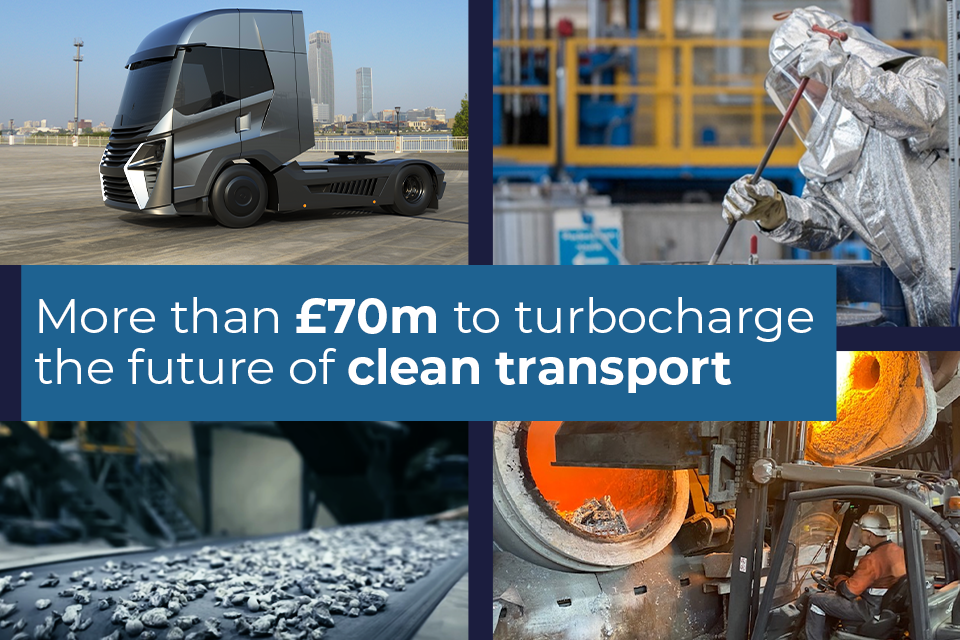The government’s current energy policies led to just one new onshore windfarm last year, raising fears that the UK may fall short of the renewable energy it needs to generate to meet its climate targets.
Industry figures show the rollout of new onshore windfarms has fallen into sharp decline after the government scrapped subsidy schemes four years ago.
According to official data from the Renewable UK trade association, 23 new onshore windfarms began generating clean electricity for the UK last year, but all but one of them had secured support from subsidy schemes before they were closed.
Last year’s total was a fraction of the 2014 peak when more than 400 new onshore wind projects began generating clean power for the first time. The 2019 figures are also well below the average set over the last decade of 208 new projects a year.
Renewable UK warned that the UK risked falling short of its aim of reducing carbon emissions to net zero by 2050 as the pipeline of projects that clinched support before the schemes were closed begins to run dry.
Rebecca Williams, a director at Renewable UK, said the figures showed that the government’s current approach was falling short on the clean electricity needed to meet the UK’s legally binding climate targets.
“This is a flashing red warning light on our net zero dashboard and we urgently need a new strategy from government,” she said.
The findings are likely to increase pressure on the government to reverse the block on government support for new onshore windfarms, put in place by the former Tory prime minister David Cameron in 2016.
The current energy policy blocks onshore wind developers from competing for support contracts, and has caused the rollout of new onshore wind capacity to fall to 629 megawatts (MW) last year, or a quarter of the onshore wind growth recorded two years ago.
The government’s official climate adviser, the Committee on Climate Change, has suggested that the UK’s onshore wind capacity should increase by almost threefold in the next 15 years to meet climate goals at low cost.
This would require the UK to grow its onshore wind capacity from 13,000 MW now to 35,000 MW by 2035, or an average of more that 1,400MW a year.
The sole addition to the UK’s fleet of onshore wind farms under the government’s current energy policy last year – the Withernwick II project, in the East Riding of Yorkshire – has a capacity of 8MW, with just four turbines.
“Onshore wind is one of the cheapest low carbon technologies in the UK, quick to build, and it’s hugely popular as the government’s own opinion polls show 78% of people support it,” Williams said. “As ministers get down to work at the start of a new decade, we need to see new policies which support the full range of clean power sources to transform our energy system.”
ScottishPower, a major developer of renewable energy, has started planning for a major expansion of onshore windfarm projects across Scotland in anticipation of a government U-turn on support for wind power projects.
Lindsay McQuade, the chief executive of ScottishPower Renewables, told the Guardian late last year that “if the commitment of net zero is to be a reality, I expect to see support from government to match it”.


